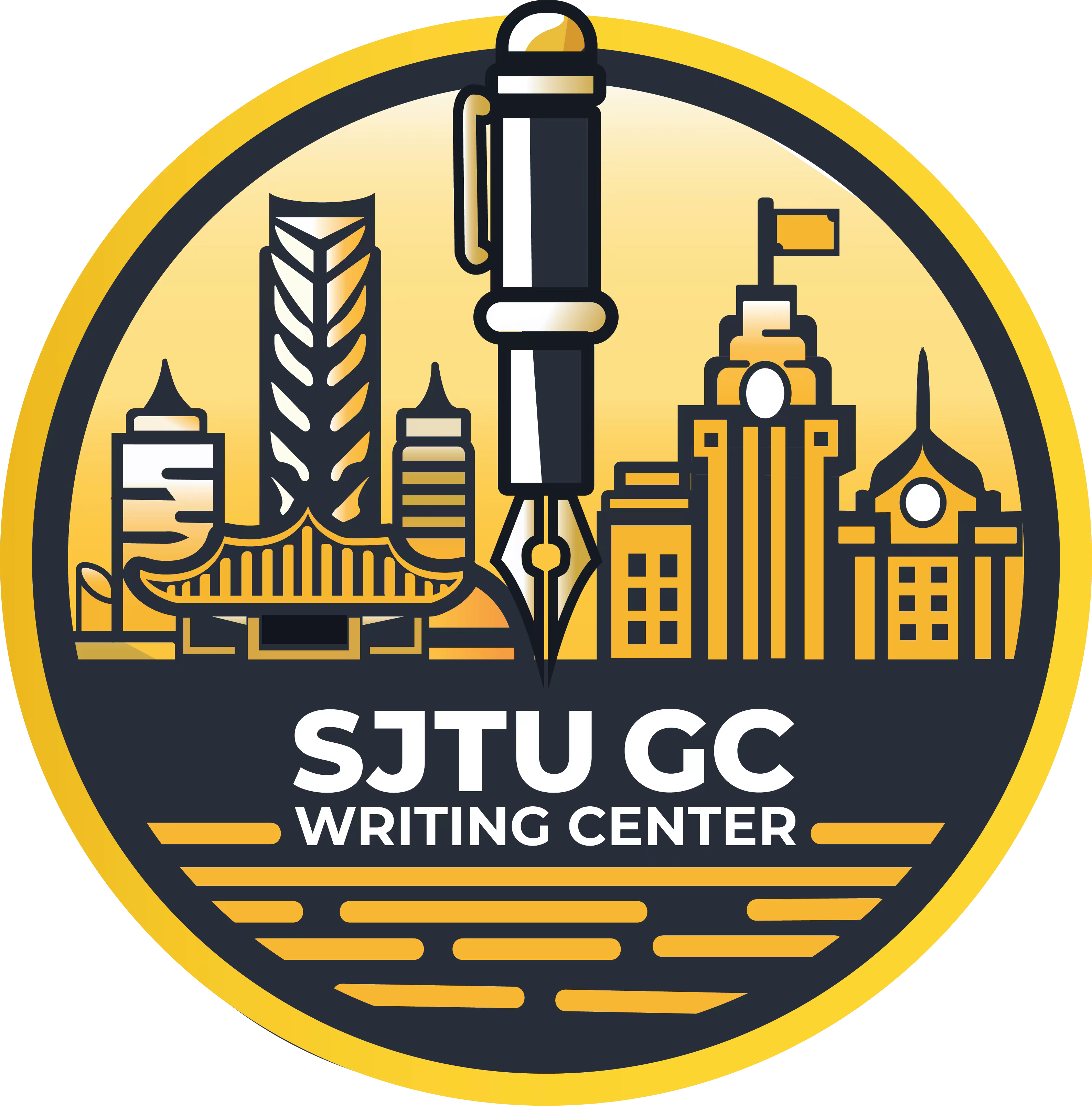The Art of Self-Revision
Introduction
Hi everyone, I guess when you are reading this article, you are most probably participating in Vy100 or Vy200. In both courses, you are definitely writing a lot. However, writing is not easy. It is a long-term process in which you need to write and revise extensively. This is where the importance of self-revision comes in.
What is Self-Revision?
According to researchers, self-revision is a technique in which learners correct their mistakes by carefully reviewing their work. This technique enhances students’ understanding of their writing based on self-correction guidelines.
Additionally, the self-correction technique consists of two basic activities:
- Monitoring and evaluating the quality of one’s thoughts and behavior during learning
- Identifying ways to improve one’s understanding and abilities (Yanti et al. 3)
In short, we should recognize what can be improved in our writing and how to improve it.
Common First Draft Challenges
There are many common challenges in the first draft. You may encounter:
- Grammar errors
- Unclear arguments
- Lack of consistency
- Weak reasoning
If you are a little lazy and just submit the first draft, your professor will not be pleased. No good article is written in a single attempt. However, since everyone makes these errors in their initial drafts, don’t worry. What is important is to identify the problems in our writing and find ways to solve them.
The Self-Revision Process
The first step is to identify your problems. Here is a step-by-step process to help you with self-revision:
1. Take a Break
Step away from your essay before revising. It is important to clear your mind before reviewing your work.
2. Read Aloud
If you find it difficult to read through your content or feel trapped in your initial impressions, try reading aloud. Hearing your own words can help you catch mistakes that are easy to overlook when reading silently. It will also give you a fresh perspective.
3. From Big to Small
Start by identifying major structural issues before making sentence-level edits. Observing your writing from a broader perspective first helps you evaluate its overall clarity and coherence.
4. Use a Checklist
Create a revision checklist that covers key areas such as structure, clarity, format, and transitions.
Real Examples at JI
To be more specific, let’s look at cases at JI. During your studies at this university, you will encounter various writing assignments, which provide great opportunities to apply self-revision techniques.
After finishing the last word of your reading journal, take a break and let the content slip from your mind. Then, read your work aloud. You will likely notice places where your writing fails to express your original ideas clearly or even sounds awkward—those are the areas that need improvement.
Measure the length of each section in your position paper. Is the proportion of each part appropriate? Are you spending too many words explaining less important points? Try applying the revision techniques mentioned above, and over time, you will develop an effective self-revision process.
Finding Solutions
Once you identify your problems, the next step is to fix them. You can handle some minor issues yourself, such as grammar mistakes and formatting errors. However, for more complex issues—such as improving transitions between paragraphs and creating a fluent structure—you may need external help. You can search for resources online or, even better, take full advantage of JI’s academic support services.
Remember: Self-Revision Doesn’t Mean Doing Everything Alone
Self-revision does not mean you have to do everything alone. Seeking useful tools and learning from others’ experiences can accelerate your improvement.
Available Resources:
- Academic writing teachers and TAs
- Well-trained advisors at the writing center
Helpful Online Writing Tools:
- Grammarly
- Hemingway Editor
- ProWritingAid
- LanguageTool
- Linguix
Select the one that best fits your habits.
Building Your Personal Revision Toolkit
For those looking to improve their skills further, consider creating your own “revision toolkit,” which might include:
- Printed checklists
- Sticky notes for marking drafts
- Digital mind maps
This personalized approach will help you develop a self-revision method that best suits your preferences.
Works Cited
Yanti, Ade, Abdul Hadi, and Dodi Settiawan. “Using self-correction and peer-correction techniques to improve students’ writing skills: A comparative study.” English Language Teaching 8.1 (2022): 1-14.
